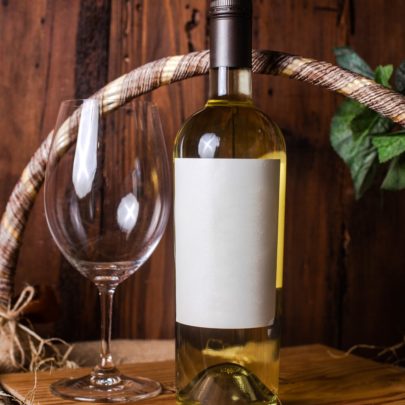
Marsanne Grape Variety
For wine enthusiasts today we’re taking a delightful stroll throughout the world of Marsanne wine. If you’re not familiar with…

For wine enthusiasts today we’re taking a delightful stroll throughout the world of Marsanne wine. If you’re not familiar with…

Today we’re embarking on a journey deep into the heart of Portugal’s winemaking heritage as we begin to unravel the…

Today we want to embark on a flavorful journey through the enchanting world of Pinot Blanc. Nestled in among the…

Today we want to uncork the mystery behind a grape with a golden touch , one of the unsung heroes…

Nestled tightly within the rolling hills of Portugal and extending its roots to various corners of the globe, the Verdelho…

Upon the rolling hills in Portugal, the sun casts a golden glow over the vineyards where the scent of ripe…

Nestled just in the heart of Spain lies a grape variety that embodies the essence of sunshine, soil and centuries…

In the sun drenched vineyards of one of the most prolific wine production countries in the world, lay the yards…

Embark on a captivating journey through the sun-kissed vineyards of Spain as we begin to unravel the captivating story of…

In the sun-drenched vineyards of Portugal, where history whispers through the vines and tradition dances in every single glass, there…

Viognier is a captivating grape variety known for producing aromatic expressive white wine. Originating from the Rhone Valley in France,…

In the world of wine, some varieties sparkle brighter than others, commanding attention with their rich histories and distinct flavours.…